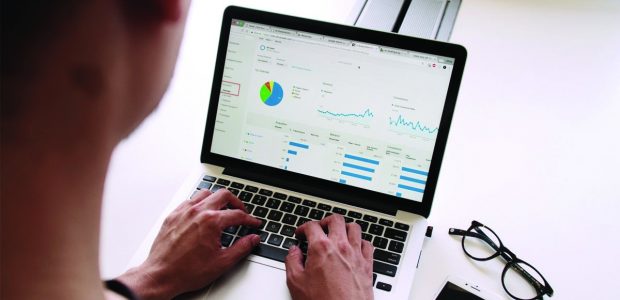Developing a Business Plan
For the business owner who has spent hundreds, if not thousands, of hours thinking about and planning his or her business, it may seem like a waste to spend the time, effort, and energy to develop a formal business plan. But, there is a great deal of difference between pondering business choices and developing a business plan.
There are three important benefits of having a formal business plan. The first is that a business plan will be an essential part of any request for financing. A well-prepared plan improves your chances of getting the funds you want. Second, it can serve as a guide for policies and actions for your firm over a number of years. Strategies and statements should be well thought out, unambiguous, and capable of being carried out. Third, the process of preparing the plan will enable, if not force, you to focus on issues that are essential for the future success of your business.
A good business plan includes many details. It can take a great deal of time gathering detailed data, interpreting it, and presenting it clearly. For example, while pondering expanding with a new product, it may be OK to target future sales of the product at $3 to $6 million in a growing market over the next 5 years. For a formal business plan, the range would have to be narrowed considerably and the timing of the sales would have to be estimated for each of the 5 years. Also, expense estimates must be realistic and the plan should include possible contingency plans if the new product sales are slower than expected.
A formal business plan should include the following:
- Business Identification
Company
History and milestones - Purpose
Mission
Goals
Objectives - Description of the Business
Company’s products and services
Major Customers - Market Analysis
Market environment
Competitive analysis, including competitors
Risks - Location
Facilities and offices
Leases or real estate owned - Management
Key employees
Background
Roles - Personnel
- Financial Information
Income statements, historical and projected
Balance sheets, historical and projected
Cash flow analysis
As you proceed through the business plan, remember that statements should be supported with data whenever possible. Data adds creditability. It is often advisable to use charts and graphs to present the data to make it more easily understood.
Conclusion
The preparation of a full-blown and high-quality formal business plan can be an arduous task. It can take considerable time and force you to address issues that are easy to put off in the daily operation of your business. However, it can be worth the effort.
The process of preparing the plan will put you in a better position to make daily decisions. The final document will be useful when seeking financing, explaining the business to potential key employees, and someday creating a document for selling the business you worked so hard to create.
The material provided on this Website should be used for informational purposes only and in no way should be relied upon for financial advice. Also, note that such material is not updated regularly and some of the information may not, therefore, be current. Please be sure to consult your own financial advisor when making decisions regarding your financial management.





